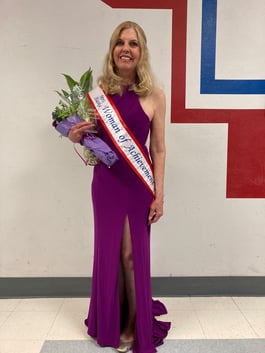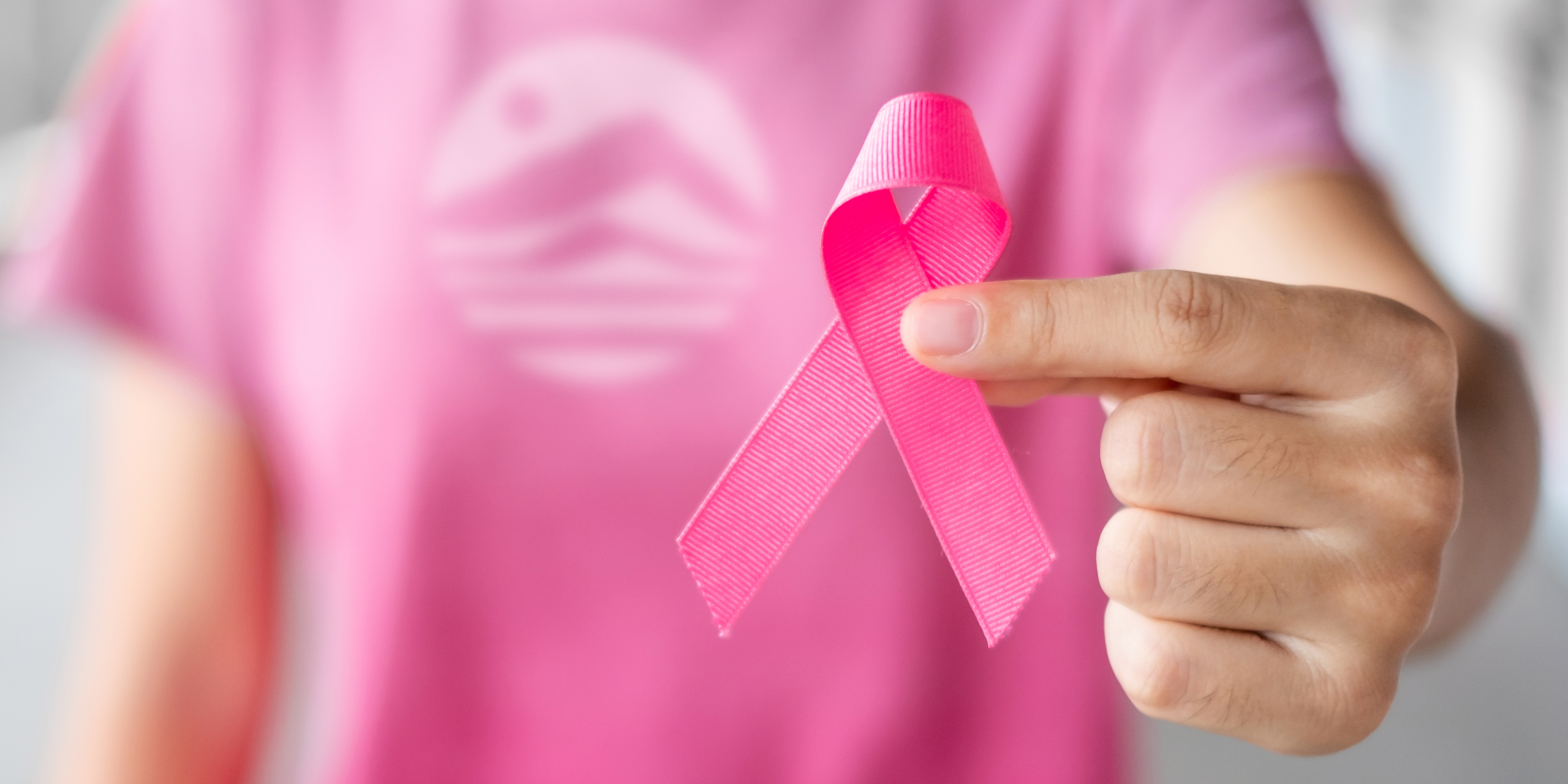On May 14th, I had the honor of participating in the Mrs. Alaska 2022 pageant facilitated by the generous sponsorship of the Alaska Club. While I did not win the title, I won something that, in my view, is far more prestigious– the “Woman of Achievement 2022” award. This title is given to those who the judges considered worthy of recognition for their life’s accomplishments, and I am honored to have received it. When I entered the pageant, I was ambivalent about winning anything. Still, I felt drawn to the pageant’s emphasis on women having a strong sense of mission, physical fitness, and the resulting elevation of their self-esteem.

Furthermore, this award will enable me to continue health promotion work via the Mrs. Alaska pageant’s community outreach, “Beyond the Crown .”This outreach program, the brainchild of the Mrs. Alaska pageant director, Christy Snoddy, gives teeth to the concept of fulfilling the call to serve one’s community in a manner one deems most appropriate. Each pageant contestant is required to have a platform, and while not all will be title holders, they will still have the opportunity to promote their personal cause via “Beyond the Crown.” This is not the traditional beauty pageant. It is a pageant with a purpose.
For me, selecting a platform was an easy choice– Breast Cancer Awareness and Prevention. My mother passed away from breast cancer fully fifty years ago this year. Her passing left an indelible mark on my psyche, thus guiding me in my life’s academic and career choices. I want to use my platform to help educate women and teach them ways to recognize onset signs. The gravity of breast cancer cannot be understated.
Breast cancer has numerous risk factors, and family history is an important one. Other risk factors are as simple as being a woman and aging. Despite my background making me more susceptible, I don’t live in dread. I take numerous steps daily to ensure that I will lower my risk and focus on the early detection of breast cancer. Most important is to not squander so much as a nano-second of precious life to living in fear. Being predisposed toward breast cancer (or any other form of cancer) is not an automatic death sentence. There are numerous measures a person can take to apprehend, mitigate, or treat it. Here’s what you can do to help identify early signs :
- 1. Routine Screenings: Surprisingly enough, many women forego this former simple procedure (which is readily paid for by virtually all health insurance companies). They do so for a wide variety of reasons, chief among them is fear. There is fear that the procedure will be painful, or women are apprehensive that something might be found that they do not want to know about, as if that even makes sense. Many women fear that if the mammogram produces results requiring further medical procedures, they would not be able to pay for them as they neither have health insurance nor adequate financial resources. The State of Alaska has grants combined with funding from both the American Cancer Society and Planned Parenthood to provide treatment for women with no health insurance for either mammograms or treatment should the need arise. So let me assure you, it’s a simple thing you can and should do!
- 2. Self Examination is another early detection method is self-breast exams. These can easily be done in a shower when skin is moist and smaller lumps that may not otherwise be readily detected may become palpable to the touch, especially if a liquid soap is used. Here’s a great page all about performing a self-examination on yourself.
- 3. Genetic testing is particularly helpful if a person does not know much about their family history, which is considered a substantial risk factor. Larger hospitals usually offer this service, and while it may or may not be covered by insurance, it is definitely worth the peace of mind to have it done. It is possible to have a family history of breast cancer (such as I do) and not have a genetic test result of either the BRACA1 or the BRACA2 breast cancer genes. (I had neither, thankfully.) Celebrity actress Angelina Jolie had a pronounced history of (lethal) breast cancer in her family. She discovered through genetic testing that her likelihood of becoming afflicted was 90 percent, that she underwent bilateral mastectomy as a preventive measure. While this is a fairly draconian preventative measure, fortunately, it is not the norm among most breast cancer patients. Other women celebrities have opened up about their struggles, surgeries, and treatment with the disease. Gold medalist and figure skating champion Peggy Fleming successfully survived the disease. Actress Olivia Newton-John has had it three times. Singers Sheryl Crow and Carly Simon have both had it and been treated for it. Somehow, breast cancer is indiscriminate and strikes all, young and old, rich and poor, celebrity and Jill-average alike. Women of color, particularly African American women, are less likely to get breast cancer but more likely to have a much more lethal type if they do. African American women are also more likely to die from it as they are more likely not to have either health insurance or resources to treat it. Breast cancer is an equal opportunistic predator. Our collective track record for curtailing deaths due to better treatment and detection is improving.
- 4. Healthy Lifestyle: The last preventive measure a person can take is that of a comprehensive healthy lifestyle. Stress is considered one of the leading contributors to all forms of cancer, as is smoking. Exercise a diet rich in nutrients, abundant fruits, vegetables, grains, water, and practice excellent sleep, to build up the body’s overall systemic health. All of these engrained habits reduce the likelihood of premature disease and death. Women, in particular, are nurturers by nature and struggle to find the time for that yoga class, the morning swim, or the afternoon jog. Typically, children, career, husband, and housework consume the average woman’s day, depleting her energy and time to do necessary self-care. Negotiation with one’s partner and delegating household tasks should go a long way to helping women carve out that time for themselves.
The vital necessity of self-care will be a resounding message as I seek to help women make the necessary changes to keep healthy. Breast cancer strikes 13% of the American female population. One in seven American women will get breast cancer. Those are scary statistics. We should be declaring an all-out war on breast cancer. We can win this war. We can and we will. One mammogram, one daily swim, one healthy meal, and one good night’s sleep at a time.


